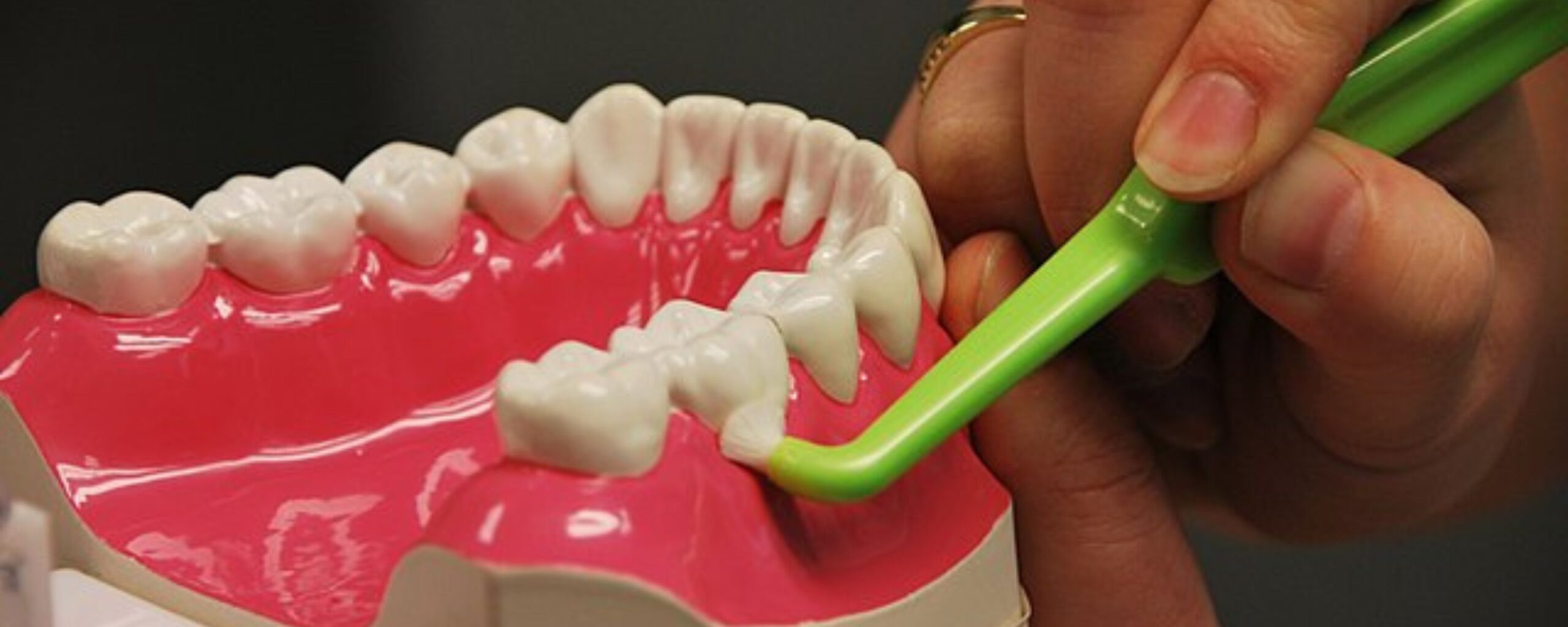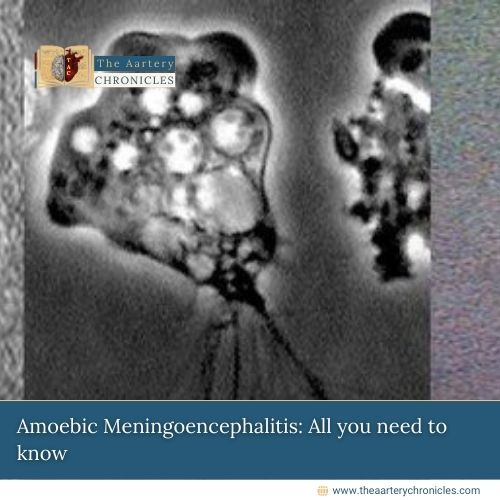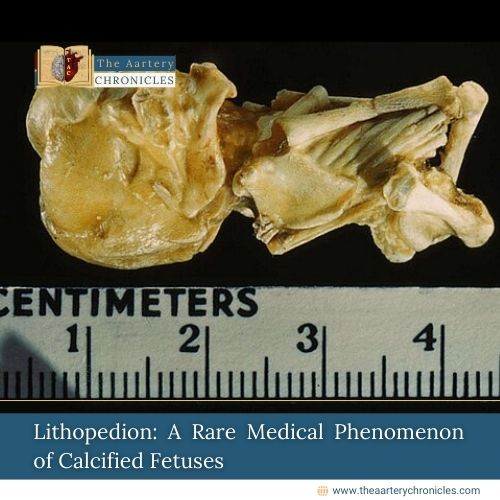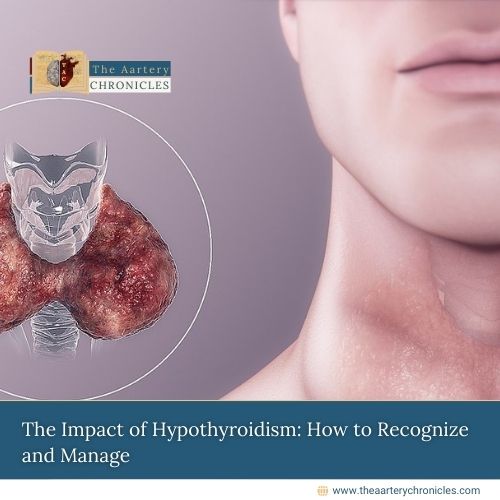

Orthodontist Cautions Against Claims of Viral Whitening Strips
Introduction
Orthodontist Dr. Sable has issued a cautionary statement regarding the snow diamond series whitening Strips, which have gone viral on TikTok. In a popular video, Dr. Sable responds to claims that these strips can rebuild teeth and eliminate cavities due to their nano-hydroxyapatite content.
The Science Behind Nano-Hydroxyapatite
Nano-hydroxyapatite is a synthetic form of the mineral found in tooth enamel, known for its ability to help remineralize early dental lesions. This means it can potentially reverse very small cavities (incipient lesions) by replenishing lost minerals in the enamel.
Dr. Sable clarifies that while nano-hydroxyapatite can help remineralize early-stage cavities, it cannot repair fully-formed cavities as suggested. According to Dr. Sable, dentists typically monitor incipient lesions, which are early-stage cavities, for six months before deciding if a filling is necessary. She mentions that Snow Whitening Strips can help with this type of cavity. She explains that the strips can rebuild enamel or prevent it from worsening if they contain fluoride or nano-hydroxyapatite, substances known to counteract the enamel erosion caused by bacteria.
Key Takeaway
Dr. Sable emphasizes the importance of professional dental care and warns that the whitening strips should not be seen as a replacement for regular dental visits. Furthermore, she highlights that these strips might aid in preventing cavities from worsening but are not a definitive solution. The orthodontist also advises against relying solely on over-the-counter products for significant dental issues, as this could lead to misunderstandings and potentially neglect of necessary dental care.
The main takeaway from Dr. Sable’s caution is the distinction between early-stage cavities, which might benefit from remineralization, and fully-developed cavities that require professional intervention. The orthodontist emphasizes that only a dentist can accurately diagnose and treat advanced cavities.
Demineralization vs. Remineralization in Oral Health
Demineralization is the loss of essential minerals, like calcium and phosphate, from tooth enamel due to acidic environments created by food, drinks, or bacteria. This process weakens the enamel and can lead to tooth decay, cavities, and visible white spots.
Remineralization is a natural process where the body draws calcium and phosphate from saliva to restore them in the enamel, the outer protective layer of your teeth. This process helps replenish lost minerals, maintaining tooth strength, and preventing dental issues. The minerals combine to create hydroxyapatite, a fundamental component of your teeth that reinforces their structure.
When demineralization (loss of minerals) outweighs remineralization (gain of minerals), cavities can form. Cavities are permanent damage to the enamel that requires professional dental treatment to repair. [1]

Hydroxyapatite Crystals and Their Role in Tooth Remineralization
Hydroxyapatite is a naturally occurring mineral form of calcium apatite, which constitutes about 97% of tooth enamel and 70% of dentin. The synthetic version, nano-hydroxyapatite, mimics the natural mineral and is often used in dental products for its restorative properties.
Remineralization Process:
Hydroxyapatite crystals help in the remineralization of teeth by several mechanisms:
- Direct Remineralization: HAP particles have a strong affinity for human dentin and enamel. They adhere to the surface layers of demineralized tooth tissues, forming mineral-mineral bridges with enamel crystallites. This adherence helps in rebuilding and fortifying the enamel surface, making it more resistant to acid attacks from food and bacteria. The HAP layer also demonstrates resilience against acids, providing ongoing protection to the tooth.
- Calcium Release and pH Buffering: HAP not only forms a protective layer on the tooth surface but also integrates into dental biofilm. When exposed to acids from food or bacterial activity, HAP particles dissolve, releasing calcium ions into the biofilm. This calcium release has multiple benefits:
- The HAP layer absorbs the acidic attacks, preventing direct erosion of the tooth enamel.
- The released calcium ions contribute to the remineralization of both the surface and subsurface layers of enamel.
- The calcium release helps to raise the pH in the plaque, reducing the acidity and making the environment less conducive to enamel demineralization. Since the critical pH for enamel dissolution is around 5.5, even a slight increase in pH can help in protecting the tooth.
- Inhibition of Plaque Adhesion: HAP also helps in reducing bacterial plaque adhesion to tooth surfaces, further contributing to overall dental health and reducing the risk of cavities and gum disease. [2]
Consistent use of HAP-containing oral care products can thus enhance the density and protective qualities of the enamel, making it more resilient to future acid attacks and promoting overall dental health. Hydroxyapatite’s biocompatibility and effectiveness make it a valuable component in modern dental care products aimed at preserving and enhancing oral health.









